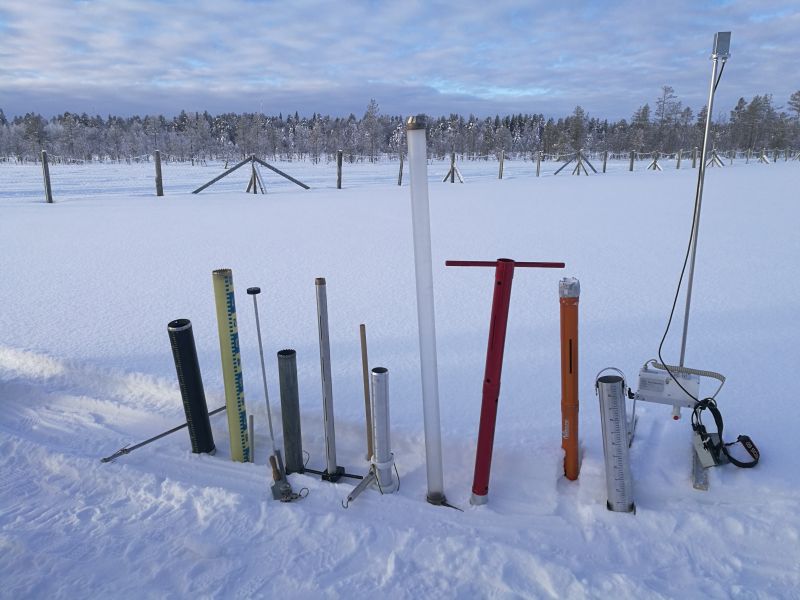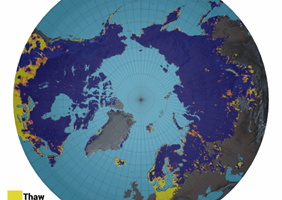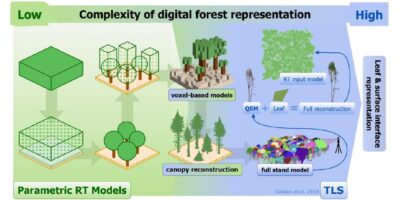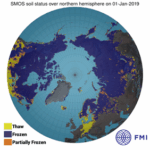Nine different snow water equivalent (SWE) measurement devices we compared in a field campaign organized at the Arctic Space Centre in Sodankylä. Comparison of the different instruments suggests an uncertainty level of around 10 percent.
SWE is an important parameter for flood forecasting and water management. Traditionally, different devices based on weighing a snow sample are developed around the world. These devices are typically cylinders, which are used in first taking the snow sample, and then weighing the sample with a scale. However, snow samplers have different properties (length, width, teeth, operation procedure, etc.). Comparability of the measurements was investigated in this study.
The study was based on two field campaigns, the first one was organized in Iceland in 2017 and the second larger one in Sodankylä in 2018. In Sodankylä, a total of almost 900 measurements were made with nine instruments in three measurement areas. Field campaigns were organized by the COST Action ES1404 HarmoSnow.
Results from Iceland revealed that the natural variability of snow caused a larger variability between the repetitions scattered across the measurement area when compared with the repetitions right next to each other. However, in Sodankylä, the snowpack was very homogenous and natural spatial variability was negligible inside the measurement site. Therefore, Sodankylä conditions allowed focusing on the error sources originating from the instrument and observer instead of those originating from the natural variability of snow properties. Results showed approximately 5 percent uncertainty for measurements of individual instruments and 10 percent uncertainty among different instruments. Results confirmed that instrumental bias exceeded both the natural variability and the error induced by observers, even in the case when observers were not familiar with a given snow sampler.
Snow samplers are originally developed for different snow conditions and types. In Sodankylä, instruments extending vertically through the whole snowpack and having enough aperture width had less variability between repetitions and were the best. In addition, devices closed with a shovel or a plate had less uncertainties since large depth hoar grains escape easily from open sampler.
Generally, it was not possible to choose one snow sampler working perfectly in all snow conditions, instead different devices are better suited for different environments.
More information
Leena Leppänen, Research Scientist, leena.leppanen@fmi.fi
López-Moreno JI, Leppänen L, Luks B, et al. Intercomparison of measurements of bulk snow densityand water equivalent of snow cover with snow core samplers: Instrumental bias and variability induced by observers. Hydrological Processes. 2020; 34:3120–3133. https://doi.org/10.1002/hyp.13785








Leave a Reply
You must be logged in to post a comment.